
The Alden Welt Options
The welt is the strip of leather that runs along the edge of the outsole that is the attachment point between the outsole and the strip of canvas (gemming) that is cemented to the inside of the shoe. The space enclosed by the welt is then filled with cork and a steel shank. This process of welting a shoe was invented by Charles Goodyear, Jr. in 1869. The benefit of using a welt to attach the outsole to the upper is that it allows the shoes to be resoled multiple times, thus giving the shoe a much longer lifespan. The Goodyear method was one of the first alternatives to the traditional handwelted method, thus allowing manufacturers to much more rapidly and consistently apply the welt to the shoe. The Goodyear welt was also considered to be more waterproof than prior welting mechanisms. Alden shoes are Goodyear Welted.
Alden offers three types of welts, flat (regular), storm, and pre-stitched reverse and two attachment styles, 270 degree (sometimes called a “closed heal”) or 360 degree (sometimes called a “around the shoe”).
Flat Welt – Note the absence of the vertical piece of leather between the upper and the sole.
Storm Welt – Note how the small vertical piece of leather between the upper and the sole.
Pre-Stitched Reverse Welt – Note how the small vertical piece of leather between the upper and the sole has a subtle, but distinctive stitch on it.
360 Degree Welt – Note how the welt line goes all the way around the shoe.
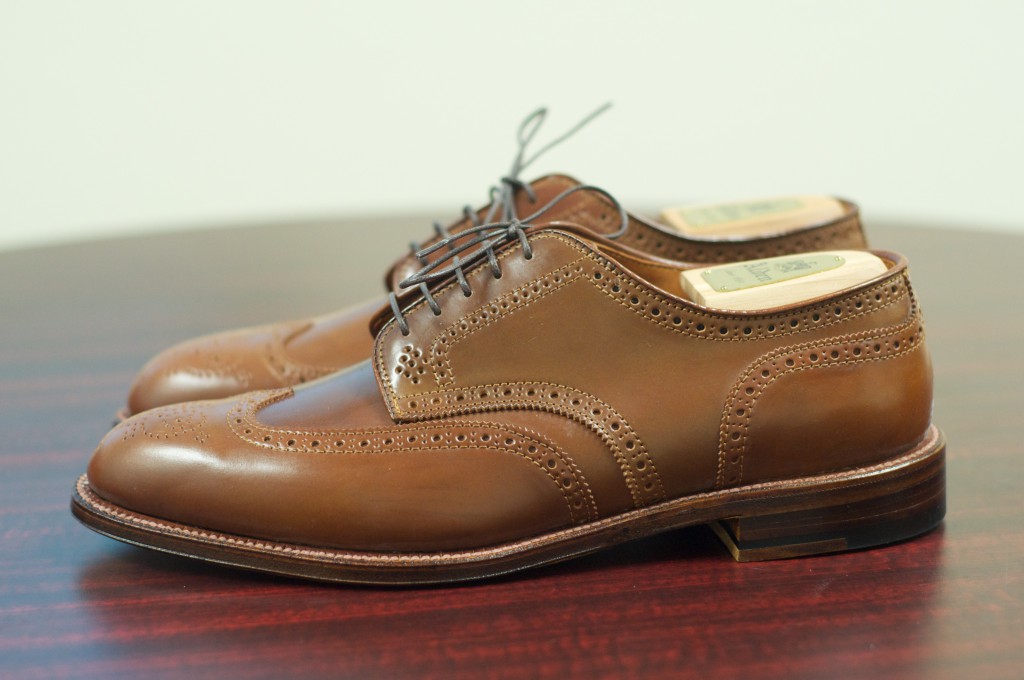

270 Degree Welt – Note how the welt line (stitching) stops at the heel.
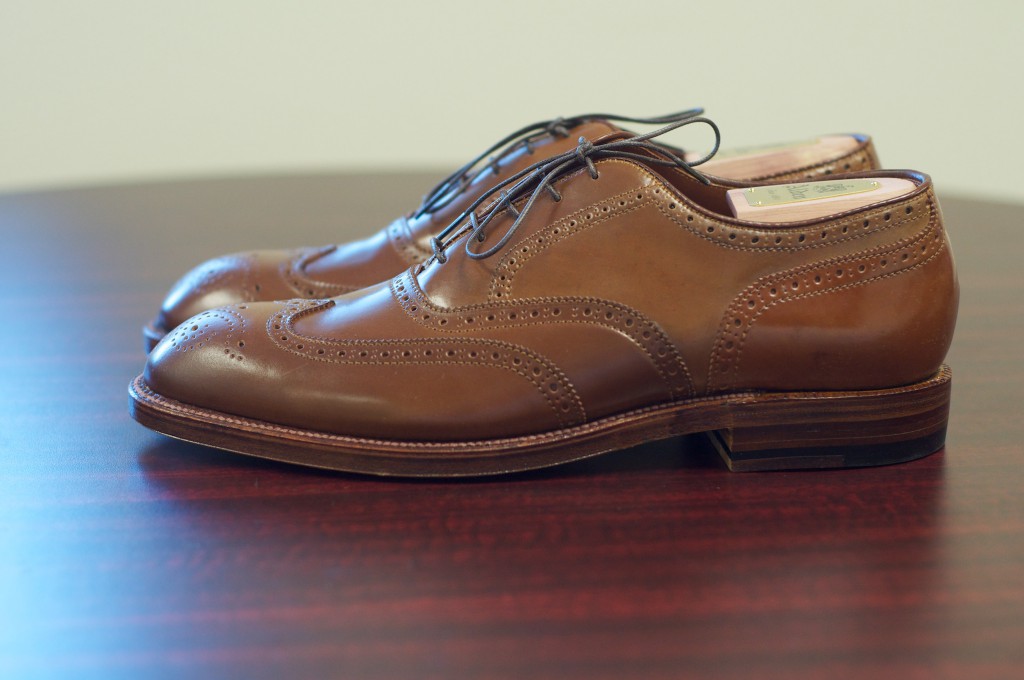
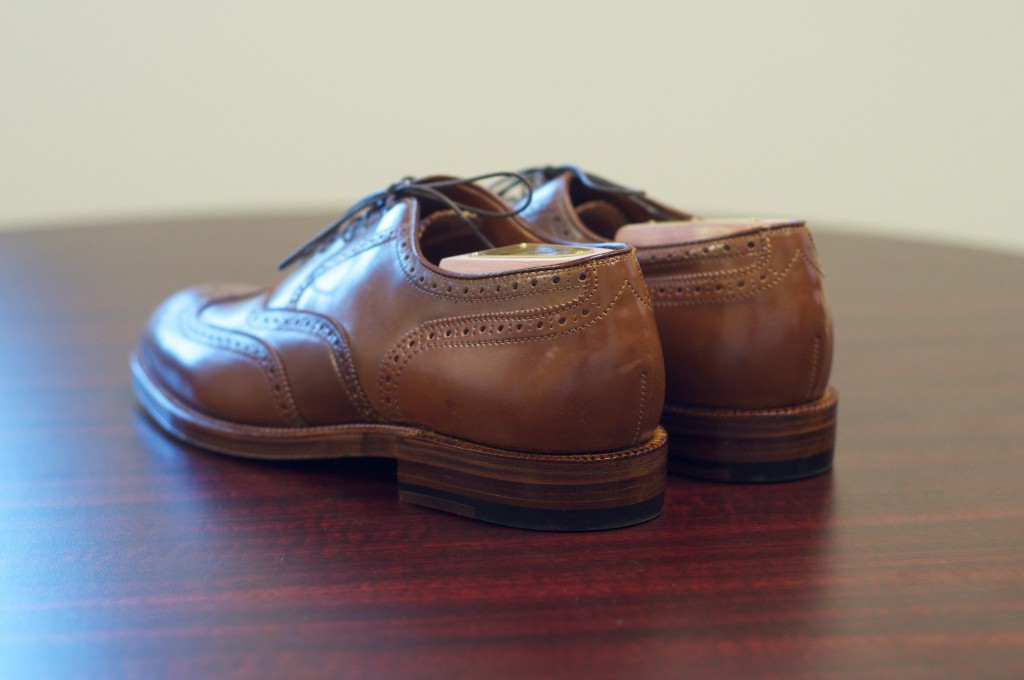
So, what are the advantages between the different types of welts and attachment styles? Frankly, the difference in terms of performance is minimal, some would say that the storm welt, due to having the vertical piece of leather, is slightly more waterproof. The main difference is aesthetic.
Changing the welt can impact the perceived formality of a shoe. Flat Welts are considered to be more formal than Storm Welts or Pre-Stitched Reverse Welts. 270 degree welts are more formal than 360 degree welts. This is why Alden typically puts a 270 degree, flat welt on their Full-Strap Loafer and the 360 degree, flat welt on their Penny Loafer. You will also typically see 270 degree welts on Balmorals and 360 degree welts on Bluchers.
The more formal, Full-Strap design containing a 270 degree welt.
The less formal, Leisure Handsewn design containing a 360 degree welt.
One thing that designers have learned, when designing special makeups, is to mix things up and combine more casual materials with more formal touches or vice-versa. One terrific example of this is the Leffot Snuff Suede Wingtip Boot. For this boot, Leffot combined a casual material, Suede, with a formal Last, the Plaza Last, and a 270 degree, flat welt.




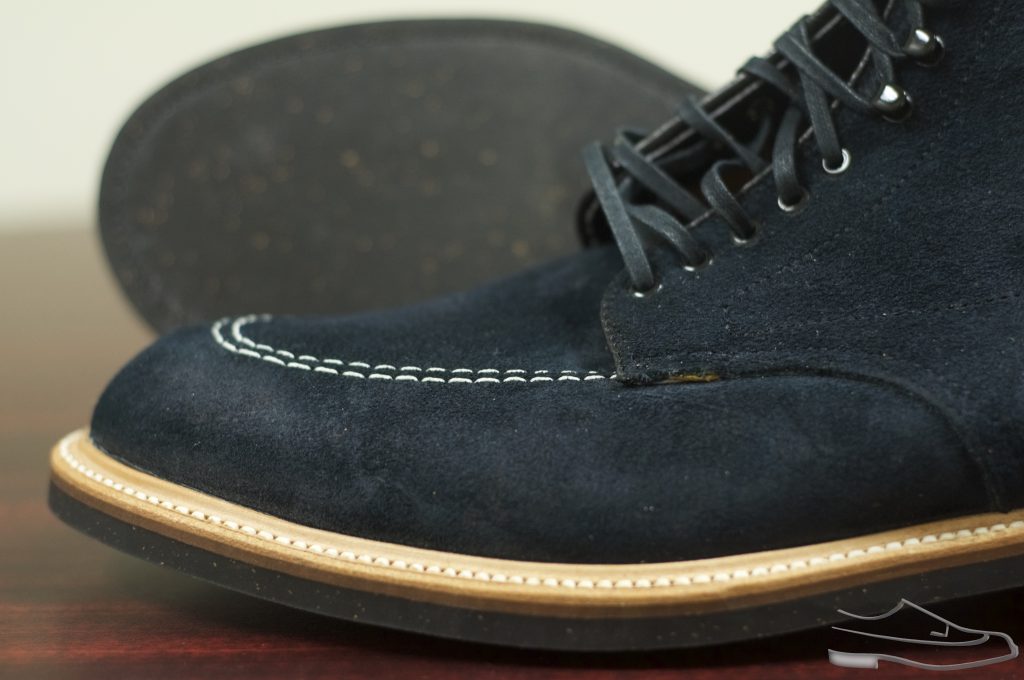



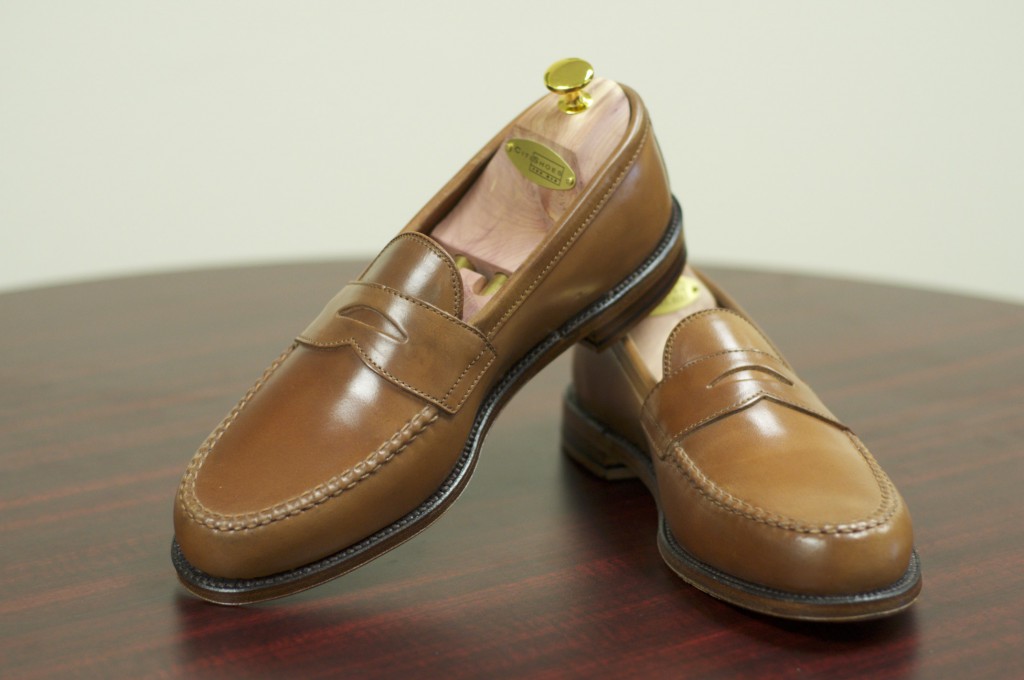
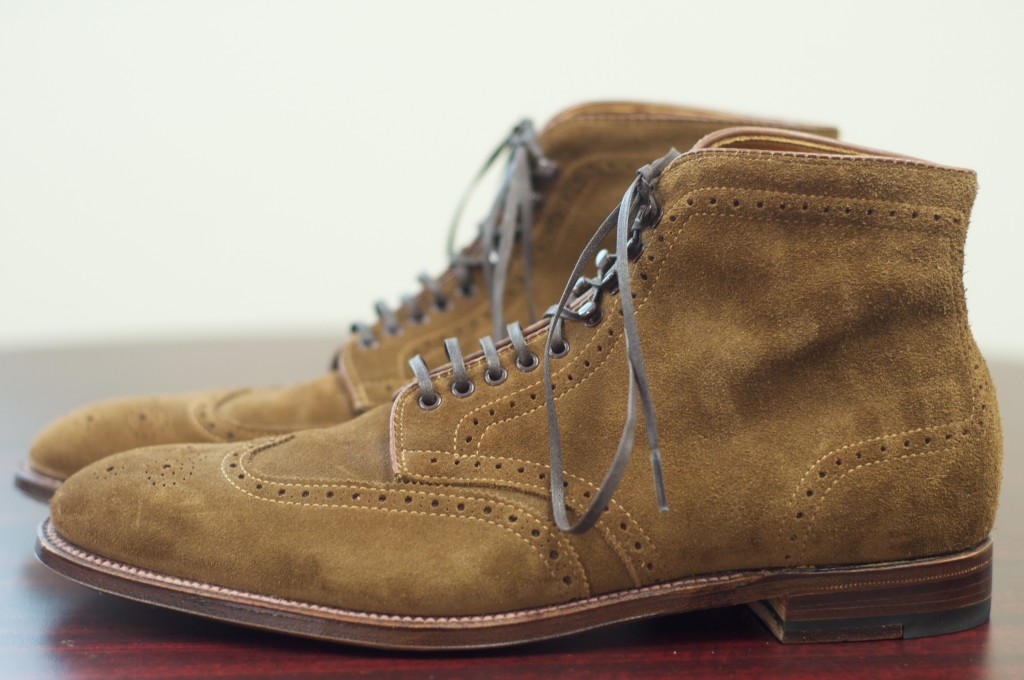
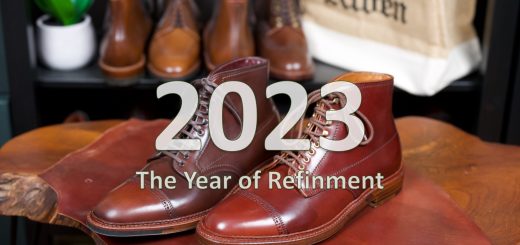


I also love the wheeling and fudging on Alden’s shoes. No matter its a flat/reverse welt shoes, the wheeling and fudging are always so nice and neat!!
I noticed that antique welt is quite popular now. Do you have any thoughts on what setting would be appropriate to wear shoes with the antique welt? Thanks.
Hey Jon, yes indeed the Antique Welt is quite popular today. I think that the Antique Welt works okay with anything below a suit. I definitely would not be wearing a pair with Antique Edges with a suit. The right pair of slacks will work with an antique welt. However, it is truly best for khakis or denim, which is a more popular style today.
-Mike
Can I ask what model/design designation the dark brown flat welt examples are? They seem so familiar yet I can’t quite place them.
Great write up!